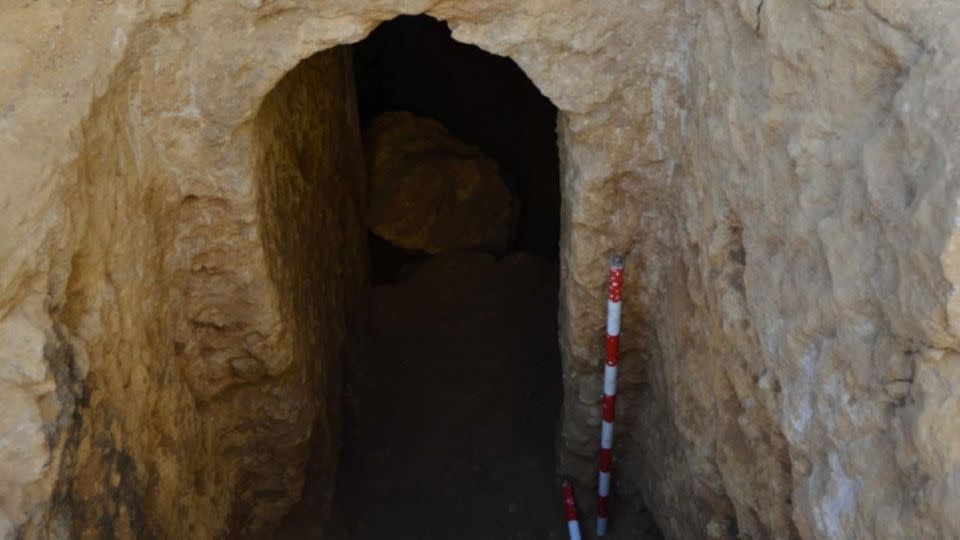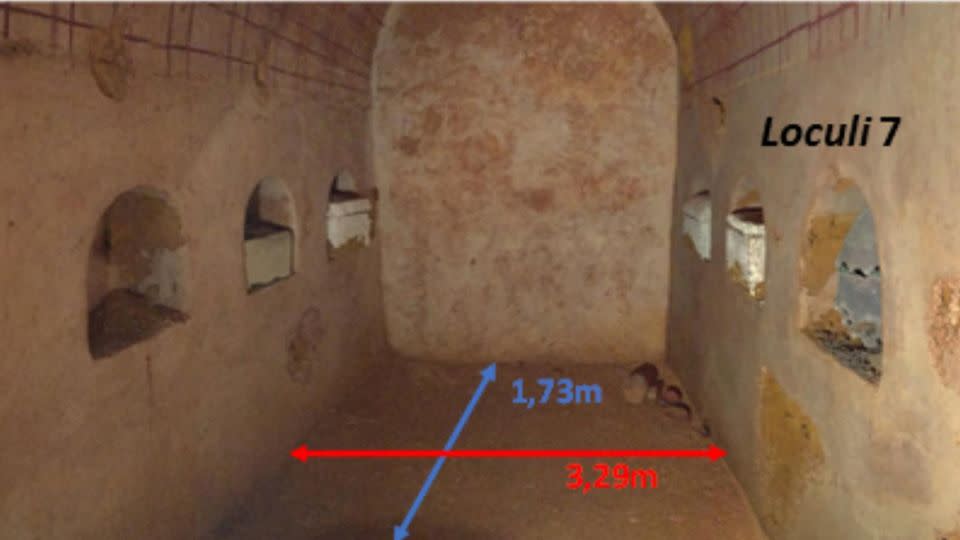Oldest wine ever discovered in liquid form found in untouched Roman tomb
Sign up for CNN’s Wonder Theory science newsletter. Explore the universe with news on fascinating discoveries, scientific advancements and more.
A 2,000-year-old Roman funerary urn unearthed in southern Spain has been shown to contain the oldest wine ever found still in liquid form.
Discovered during home renovations at a property in Carmona in 2019, the contents of the urn were analyzed by a team of scientists from the University of Cordoba in a study published Monday.
Study lead author José Rafael Ruiz Arrebola, a professor of organic chemistry at the university, told CNN that the urn was found to contain cremated remains, burned ivory thought to come from a funeral pyre and around 4.5 liters (1.2 gallons) of reddish liquid.

“When the archaeologists opened the urn we almost froze,” he said. “It was very surprising.”
The team then carried out a chemical analysis of the liquid and found that it was wine.
This was a big surprise, because wine normally evaporates quickly and is chemically unstable, Ruiz Arrebola said.
“This means it is almost impossible to find what we have found,” he said, explaining that the wine had been preserved by a hermetic seal that prevented it from evaporating, but it is not clear how the seal formed.

Further chemical analysis allowed the team to identify the liquid as a white wine, as it didn’t contain syringic acid, a substance only present in red wines, Ruiz Arrebola said.
It also has a similar mineral salt composition to the fino wines produced today in the region, he added.
“It’s something unique,” said Ruiz Arrebola. “We have been lucky to find it and analyze it – it’s something you only see once in your life.”
The researchers believe their discovery dethrones the current holder of the record for oldest wine in a liquid state, the Speyer wine bottle, found in Germany, which is thought to be around 1,700 years old. However, the age of the Speyer bottle has not been confirmed by chemical analysis.
The vessel was one of six funerary urns containing remains found in the mausoleum.
The discovery of a gold ring and other valuable artifacts suggest it was built by a family of considerable wealth, Ruiz Arrebola said.
However, little else is known about their lives, because cremation would have destroyed any DNA, he explained, adding that this means it is impossible to say whether the six people were related.
Ruiz Arrebola now plans to try to work out which modern-day local wine it was most similar to, although there are hundreds to work through.
The study was published in the Journal of Archaeological Science: Reports.
For more CNN news and newsletters create an account at CNN.com

